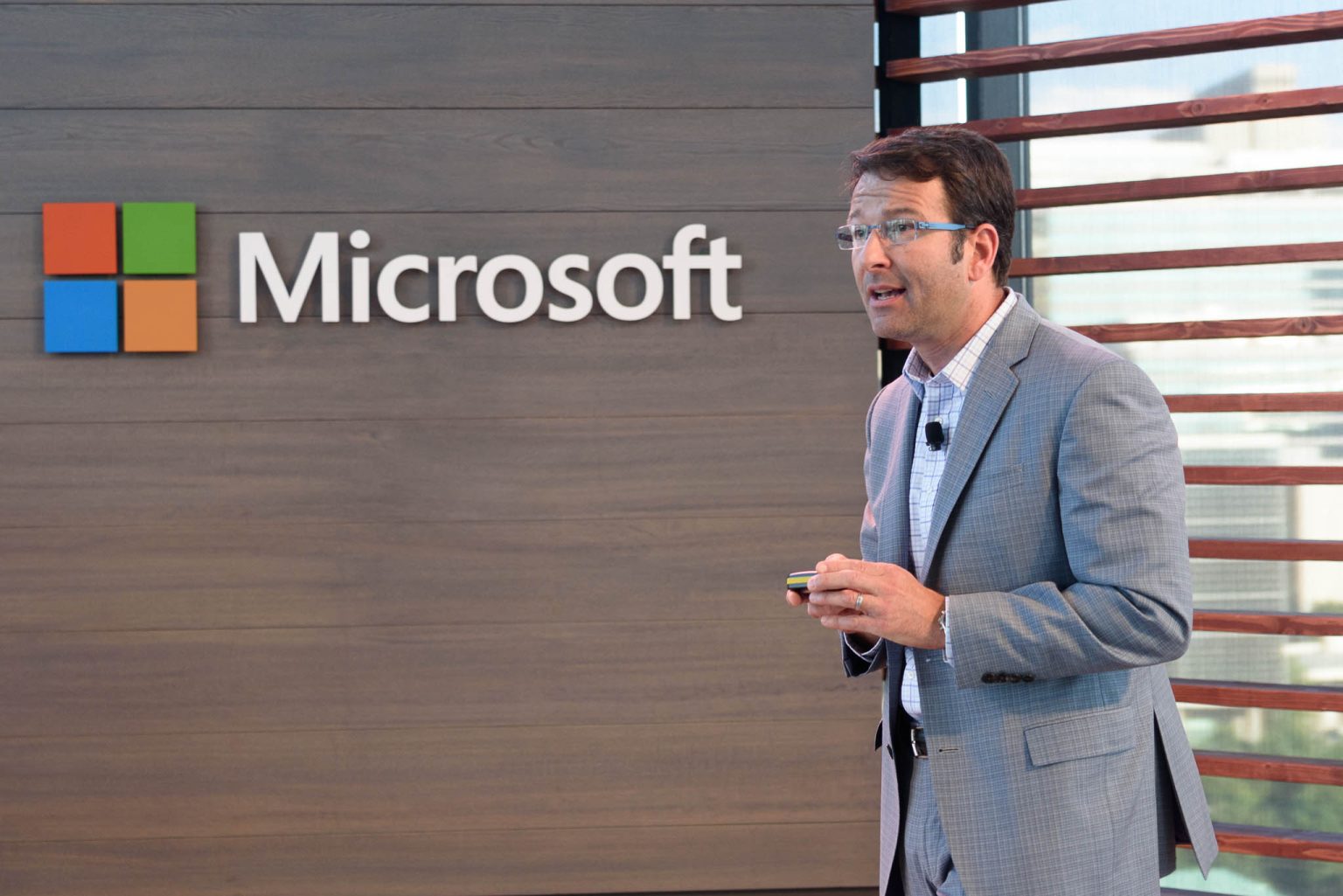Microsoft’s Strategic Restructuring: Althoff Takes Commercial Helm as Nadella Focuses on AI Future
In a significant leadership shift at Microsoft, 12-year company veteran Judson Althoff has been appointed CEO of the commercial business as part of a strategic restructuring. This move represents far more than a simple executive promotion—it signals a fundamental reimagining of how Microsoft will navigate the AI revolution. The reorganization allows CEO Satya Nadella to delegate day-to-day commercial operations while focusing more intently on Microsoft’s long-term technological vision. “This isn’t just evolution, it’s reinvention, for each of us professionally and for Microsoft,” Nadella explained in his announcement to employees, underscoring the transformative nature of this change.
Althoff, who has spent nine years leading Microsoft’s commercial sales organization, will now oversee a consolidated commercial team encompassing engineering, sales, marketing, operations, and finance leaders—representing more than 75% of Microsoft’s revenue. This consolidation strategically positions Microsoft to strengthen its competitive stance against rivals like Amazon, Google, its partner OpenAI, and numerous AI startups. Under this new structure, both the marketing and operations organizations will report directly to Althoff, creating what Nadella describes as a tighter “feedback loop between what customers need and how we deliver and support them.” Chief Marketing Officer Takeshi Numoto will join Althoff’s team while maintaining a direct reporting line to Nadella on matters of business models, planning, consumer marketing, and corporate communications.
This restructuring arrives at a pivotal moment for Microsoft, which has recently weathered significant challenges including a major cybersecurity crisis, internal disruption from widespread layoffs, and increasing scrutiny over its technology’s role in international conflicts. Simultaneously, the company is investing unprecedented resources in AI infrastructure while experiencing remarkable growth in the stock market. The commercial businesses under Althoff’s new purview—encompassing Azure, Microsoft 365, Dynamics, LinkedIn, and related services—generated approximately $220 billion of the company’s $282 billion revenue in fiscal 2025, highlighting the immense responsibility of his new role.
Nadella’s evolution toward what Silicon Valley terms “founder mode” reflects a strategic shift in his leadership approach. Having spent 33 years at Microsoft—11 as CEO—Nadella is now positioning himself to focus more intensively on “generational technology and platform shifts” rather than daily business operations. “This will also allow our engineering leaders and me to be laser focused on our highest ambition technical work—across our datacenter buildout, systems architecture, AI science, and product innovation—to lead with intensity and pace in this generational platform shift,” Nadella explained. This approach mirrors similar leadership evolutions seen among long-tenured tech executives seeking to drive revolutionary innovation while ensuring operational excellence.
Althoff’s promotion also aligns with Microsoft’s broader organizational philosophy of appointing CEOs to lead individual business units. This approach now extends across multiple divisions, with Mustafa Suleyman heading Microsoft AI, Phil Spencer leading Microsoft Gaming, Ryan Roslansky at the helm of LinkedIn, and Thomas Dohmke directing the GitHub subsidiary. Althoff, an Ohio native who joined Microsoft in 2013 after holding senior positions at Oracle and EMC, brings significant commercial expertise to this expanded role. Nadella praised Althoff for designing and building Microsoft Customer and Partner Solutions (MCAPS), describing it as the company’s “most important growth engine” and the “number one seed” in the industry.
The restructuring fundamentally recognizes that the AI revolution requires Microsoft to simultaneously manage its existing commercial business while building for a transformative future. Nadella frames this moment in historic terms, noting that “general purpose technologies like AI drive step changes in productivity and GDP growth,” positioning Microsoft to help “customers and the world realize this promise.” By enabling commercial and public sector clients to “combine their human capital with new AI capabilities,” Microsoft aims to redefine how organizations operate. As Nadella challenged his team: “Each one of us needs to be at our very best in terms of rapidly learning new skills, adopting new ways to work, and staying close to the metal to drive innovation across the entire stack!” This reorganization represents not merely an operational adjustment but a strategic reimagining of Microsoft’s approach to leading in the AI era.


